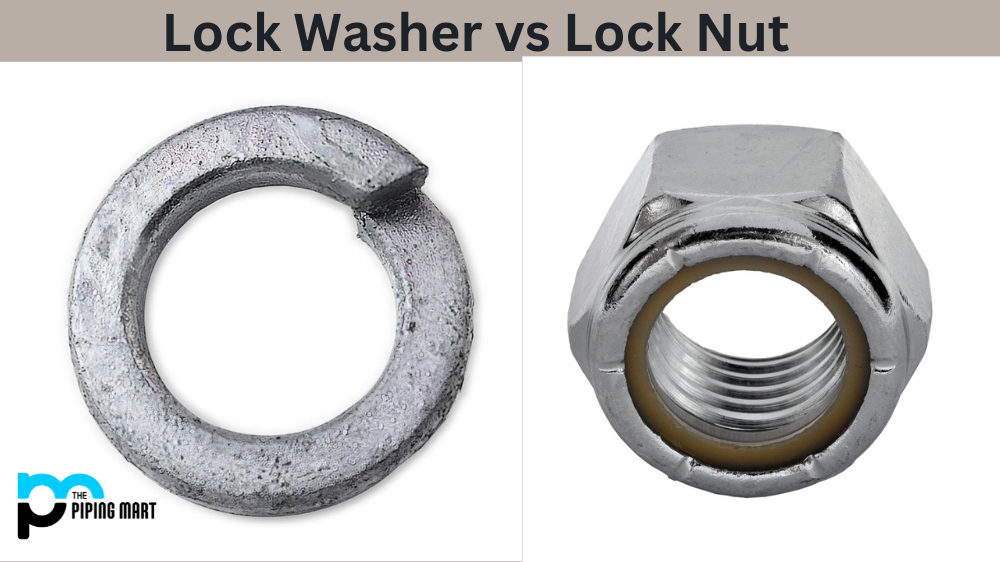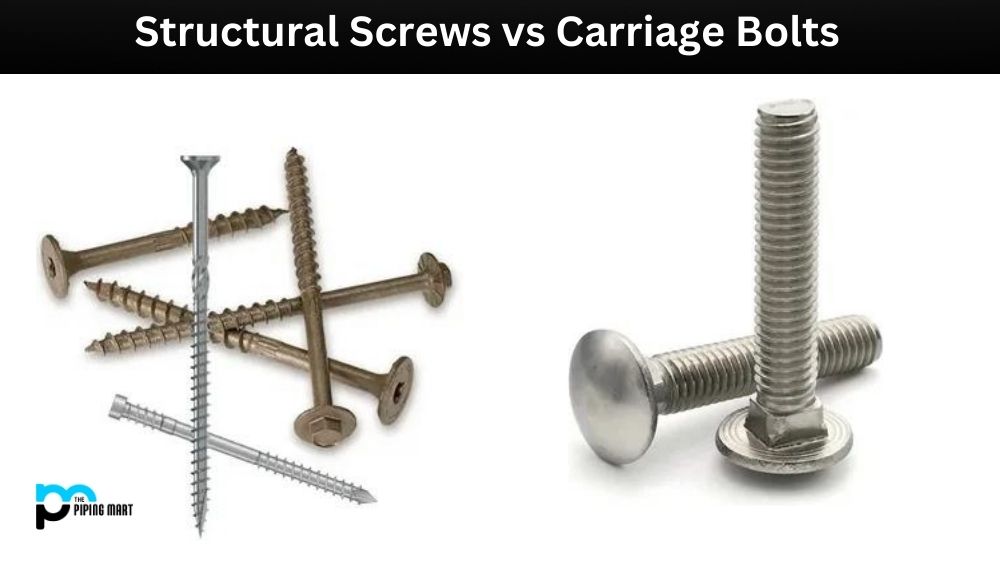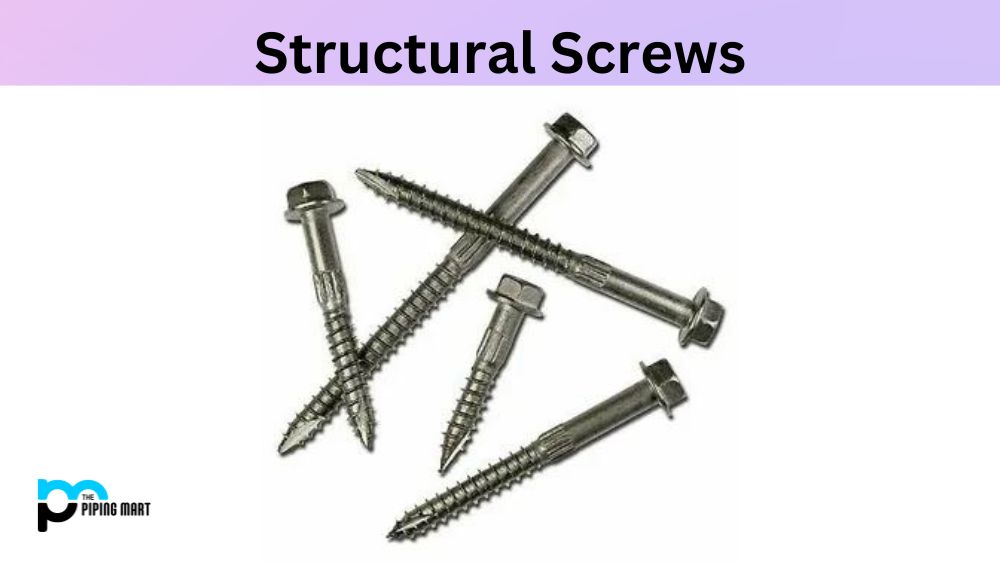When it comes to joining two pieces of tubing or piping, there are a few options, including compression and set screw fittings. Both methods are commonly used, but they have different pros and cons. So, how do you choose between them? This blog post will provide all the information you need to decide whether compression fittings or set screw fittings are best suited for your needs.
What is Compression Fittings?
Compression fittings use a soft metal or plastic ferrule to create a seal between the fitting and the tubing or piping. The ferrule is compressed onto the tubing or piping, which creates a tight seal that prevents leaks. Compression fittings are commonly used in plumbing and gas lines. They offer a secure connection that won’t slip or loosen over time. They require no special tools or expertise to install, making them an easy option for DIYers. Compression fittings can work well in most applications but can be more expensive than set screw fittings.
What is Set Screw Fittings?
Set screw fittings use a screw or set of screws to hold the tubing or piping in place. They do not require ferrules and are often used in DIY home projects. Set screw fittings are cheaper than compression fittings but unreliable over time. They require more skill to install since over-tightening the set screws can cause thread damage and, in turn, a leak. The materials and the set screws used must be carefully selected to ensure they can withstand the pressure and temperature of the application.
Difference Between Compression Fittings and Set Screws
When to Use Compression Fittings
Compression fittings are ideal for high-pressure applications like gas lines and plumbing. When dealing with high-pressure systems, the risk of leaks is higher; therefore, compression fittings offer a secure connection that reduces the threat of leaks. They are also suitable for applications requiring frequent disassembling and reassembling, such as water filters. Additionally, if your application involves high vibrations, compression fittings are more apt to resist loosening because the ferrule creates a strong grip on the tubing or piping.
When to Use Set Screw Fittings
Whether you are working on a DIY project or a small-scale application, set screw fittings may be a better option. These fittings are suitable for low-pressure systems operating at a lower temperature. For example, set screw fittings can work well with air or water applications, often used to join small tubing or piping in these systems. It is important to note that the set screws should be checked and tightened regularly to ensure a secure connection is maintained.
Making the Right Choice for Your Needs
Whether you need to connect tubing or piping, choosing the correct fittings for your application is important. Consider the environment, the pressure, and the temperature requirements of the application before choosing. In some instances, the choice may come easy; in others, it may be a bit of trial and error to choose between compression and set screw fittings. We recommend consulting with an expert if you need more clarification or are new to fittings.
Conclusion
Compression and set screw fittings are reliable options for joining piping and tubing. However, the best option for your needs will depend on the specific application you’re working on. Consider your system’s material, pressure, and temperature requirements before choosing which fitting is best suited for you. Remember, when in doubt, consult with a professional to make sure you’re making the right decision.
Meet Heer, a dynamic and driven writer learning tricks of her trade in the metal industry. With a background in Digital Marketing, Heer brings a unique perspective to her writing, sharing valuable insights. Apart from blogging she like reading and hiking.




